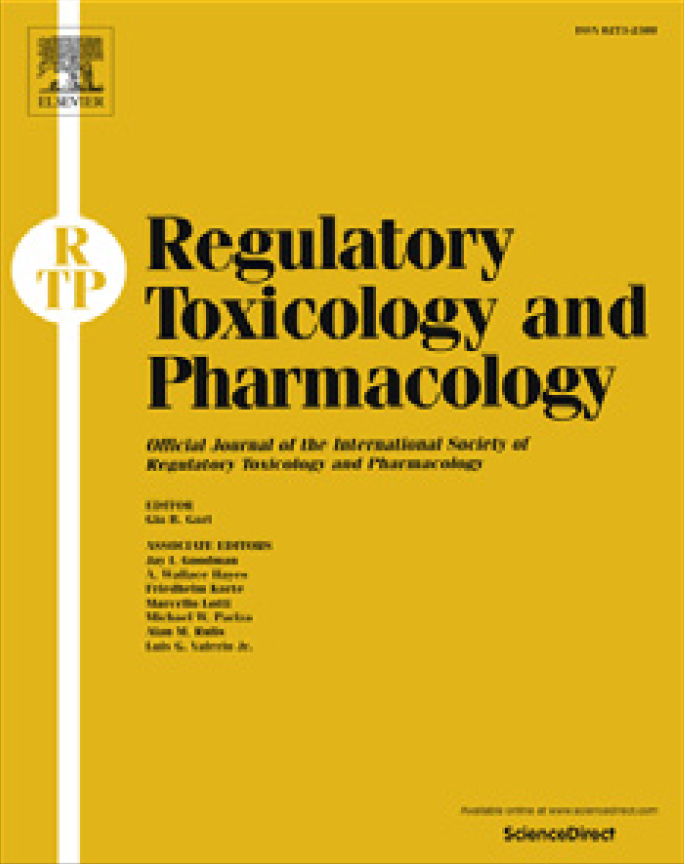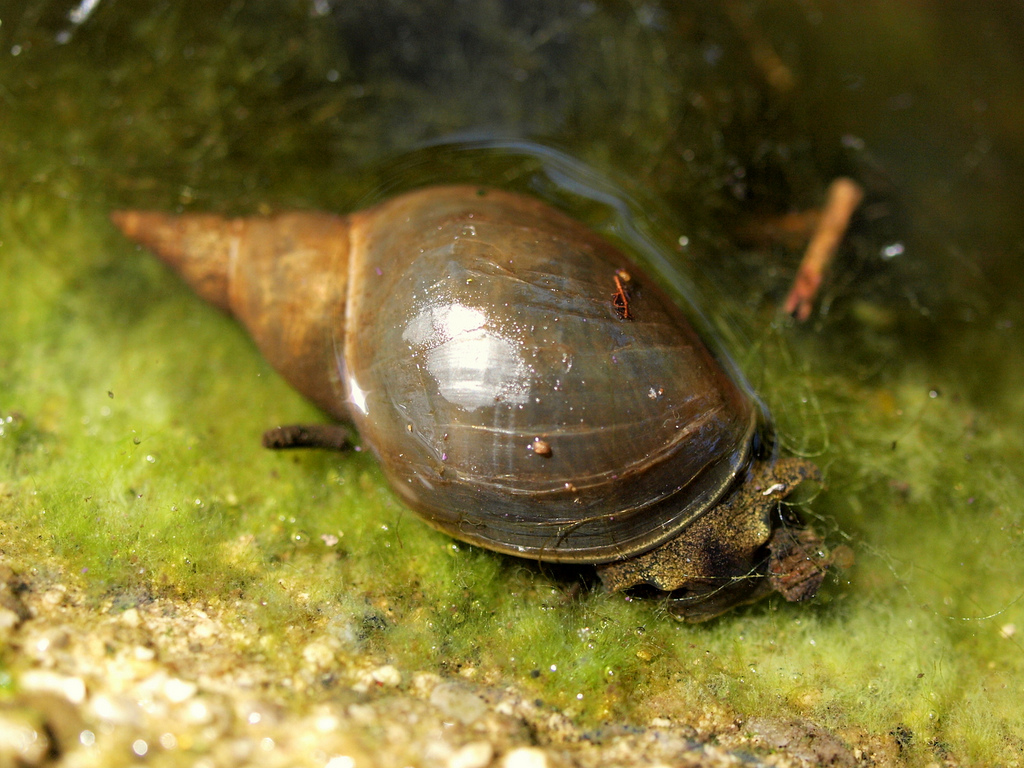Optimizing the design of a reproduction toxicity test with the pond snail Lymnaea stagnalis
 Snails are important organisms in freshwater ecosystems, but they can be very sensitive to pollution with certain chemical substances. Our laboratory participated in the development of an internationally accepted chemicals toxicity test with a pond snail. This toxicity test can help to set more appropriate water quality criteria for chemicals.
Snails are important organisms in freshwater ecosystems, but they can be very sensitive to pollution with certain chemical substances. Our laboratory participated in the development of an internationally accepted chemicals toxicity test with a pond snail. This toxicity test can help to set more appropriate water quality criteria for chemicals.
Scientific abstract
This paper presents the results from two ring-tests addressing the feasibility, robustness and reproducibility
of a reproduction toxicity test with the freshwater gastropod Lymnaea stagnalis (RENILYS
strain). Sixteen laboratories (from inexperienced to expert laboratories in mollusc testing) from nine
countries participated in these ring-tests. Survival and reproduction were evaluated in L. stagnalis
exposed to cadmium, tributyltin, prochloraz and trenbolone according to an OECD draft Test Guideline.
In total, 49 datasets were analysed to assess the practicability of the proposed experimental protocol, and
to estimate the between-laboratory reproducibility of toxicity endpoint values. The statistical analysis of
count data (number of clutches or eggs per individual-day) leading to ECx estimation was specifically
developed and automated through a free web-interface. Based on a complementary statistical analysis,
the optimal test duration was established and the most sensitive and cost-effective reproduction toxicity
endpoint was identified, to be used as the core endpoint. This validation process and the resulting
optimized protocol were used to consolidate the OECD Test Guideline for the evaluation of reproductive
effects of chemicals in L. stagnalis.

Full reference (link)
Charles S, Ducrot V, Azam D, Benstead R, Brettschneider D, De Schamphelaere K, Goncalves SF, Green JW, Holbech H, Hutchinson TH, Faber D, Laranjeiro F, Matthiesse P, Norrgren L, Oehlmann J, Rategui-Zirena E, Seelad-Fremer A, Teigeler M, Thome J, Tobor Kaplon M, Weltje L, Lagadic L. 2016. Optimizing the design of a reproduction toxicity test with the pond snail Lymnaea stagnalis. Regulatory Toxicology and Pharmacology 81, 47-56.
